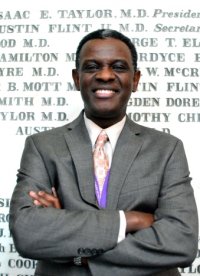Author Interviews, Immunotherapy, Lymphoma, NYU / 11.12.2015
Hodgkin Lymphoma: Combining Targeted Drug with Immunotherapy Shows Promise
MedicalResearch.com Interview with:
Dr. Catherine S. M. Diefenbach MD
Assistant Professor of Medicine
NYU Langone
Laura and Isaac Perlmutter Cancer Center
New York, NY 10016
Medical Research: What is the background for this study? What are the main findings?
Dr. Diefenbach: The background of the study is that through an understanding of the unique immunobiology of Hodgkin lymphoma we can derive rational treatment strategies which may heighten the efficacy of existing therapies, and improve the outcomes for patients with relapsed disease. In E4412 which is a national study sponsored by the Eastern Cooperative Oncology Group (ECOG-ACRIN) we explore the safety and efficacy of combination of the antibody drug conjugate brentuximab vedotin which targets CD30 on the surface of the Hodgkin lymphoma tumor cells, and immune stimulation of the T cells in the tumor microenvironment using checkpoint inhibitors. We reported the data from the first arm of the study Brentuximab Vedotin and Ipilimumab. To date 23 patients with relapsed Hodgkin lymphoma have been treated; the combination of brentuximab and ipilimumab was safe and well tolerated with primarily grade 1 and 2 toxicities. In 18 patients evaluable for response the ORR was 72% with a complete response rate of 50%.
(more…)
















